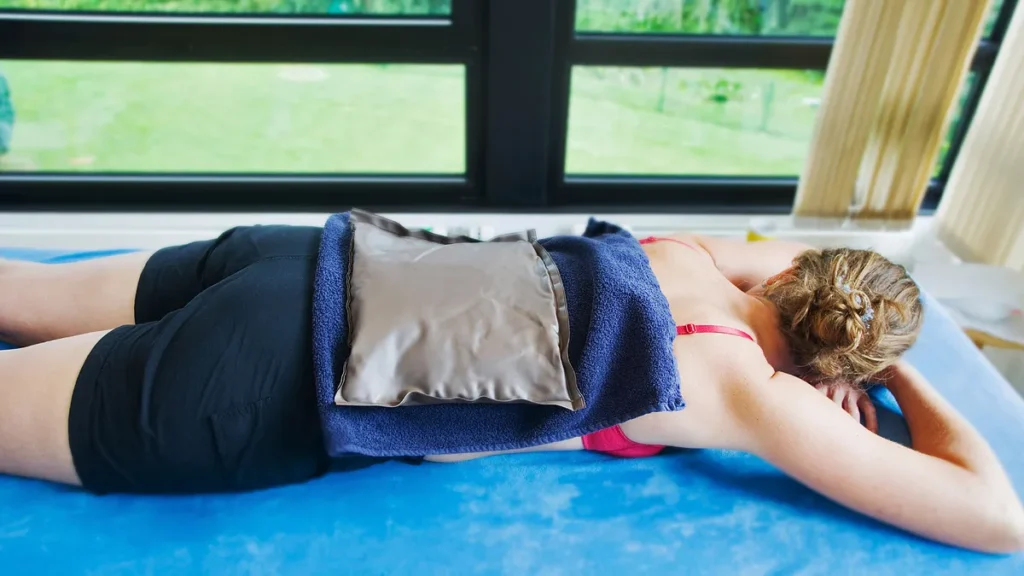![]() +971 6 522 6368
+971 6 522 6368 ![]() +971-56-994-6523
+971-56-994-6523 ![]() info@resalahphysio.com
info@resalahphysio.com
Thermal Therapy

Thermal physiotherapy, also known as thermotherapy, is a type of physiotherapy that uses heat to treat pain, inflammation, and other conditions. Heat can be applied to the body in a number of ways, including:
- Superficial heat: This type of heat is applied to the surface of the skin. Common methods of superficial heat application include heating pads, hot packs, and paraffin wax baths.
Thermal physiotherapy, also known as thermotherapy, is a type of physiotherapy that uses heat to treat pain, inflammation, and other conditions. Heat can be applied to the body in a number of ways, including:
- Superficial heat: This type of heat is applied to the surface of the skin. Common methods of superficial heat application include heating pads, hot packs, and paraffin wax baths.
- Deep heat: This type of heat is applied to deeper tissues in the body. Common methods of deep heat application include ultrasound and shortwave diathermy
Thermal physiotherapy is a safe and effective treatment for a variety of conditions, including:
- Muscle pain and spasms: Heat can help to relax muscles and reduce pain.
- Joint pain and stiffness: Heat can help to improve joint mobility and reduce stiffness.
- Inflammation: Heat can help to reduce inflammation and promote healing.
- Chronic pain conditions: Thermal physiotherapy can help to manage chronic pain conditions such as arthritis and fibromyalgia.
Thermal physiotherapy is typically used as part of a comprehensive treatment plan. It may be used in conjunction with other physiotherapy treatments such as exercise, massage, and electrotherapy.
If you are considering thermal physiotherapy, it is important to talk to your doctor or physiotherapist. They can help you determine if thermal physiotherapy is right for you and develop a treatment plan that is appropriate for your condition.
Here are some of the benefits of thermal physiotherapy:
- Pain relief: Heat can help to reduce pain by increasing blood flow and relaxing muscles.
- Reduced inflammation: Heat can help to reduce inflammation by increasing the flow of white blood cells to the area.
- Improved joint mobility: Heat can help to improve joint mobility by relaxing muscles and tendons.
- Promoted healing: Heat can help to promote healing by increasing blood flow and bringing oxygen and nutrients to the injured area.
Thermal physiotherapy is a safe and effective treatment for a variety of conditions. If you are considering thermal physiotherapy, talk to your doctor or physiotherapist to see if it is right for you.

Cold physiotherapy, also known as cryotherapy, is a type of physiotherapy that uses cold temperatures to reduce pain, inflammation, and swelling. It is a common treatment for a variety of musculoskeletal injuries, including sprains, strains, and bruises.
Cold physiotherapy works by constricting blood vessels, which reduces blood flow to the injured area. This helps to reduce pain, inflammation, and swelling. Cold physiotherapy can also help to numb the nerves in the injured area, which can further reduce pain.
Cold physiotherapy is generally safe, but there are a few precautions that should be taken. It is important to never apply ice directly to the skin, as this can cause skin damage. Ice should always be wrapped in a towel or cloth before applying it to the skin. It is also important to avoid using cold physiotherapy for too long, as this can cause nerve damage.
